|
TAROT
card meanings & free reading
|
Tarot Card Decks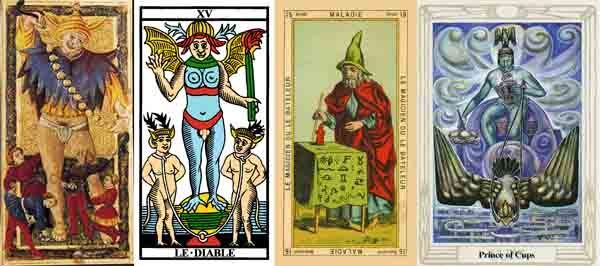
What They Looked Like Through the CenturiesThe Tarot card deck emerged in the 15th century, around 1440 to be more precise, initially as playing cards. They have taken many shapes through the centuries. Here are some of the most famous ones.
The invention of playing cards was Chinese, at least as far back as the 9th century. The European use of the decks for divination, cartomancy, commenced in the 16th century and grew during the following centuries. By time, the differences between playing cards and Tarot divination cards increased — and variations on the theme of the latter multiplied.
Charles VI TarotOne of the oldest Tarot card decks remaining is the one called Charles VI after a French king, although it was made in Italy — and well after his death. It was hand-painted by an unknown artist in the late 15th century. The cards are gold plated, so if not for a king they were obviously made for a client with considerable means. Only 17 of the cards remain.
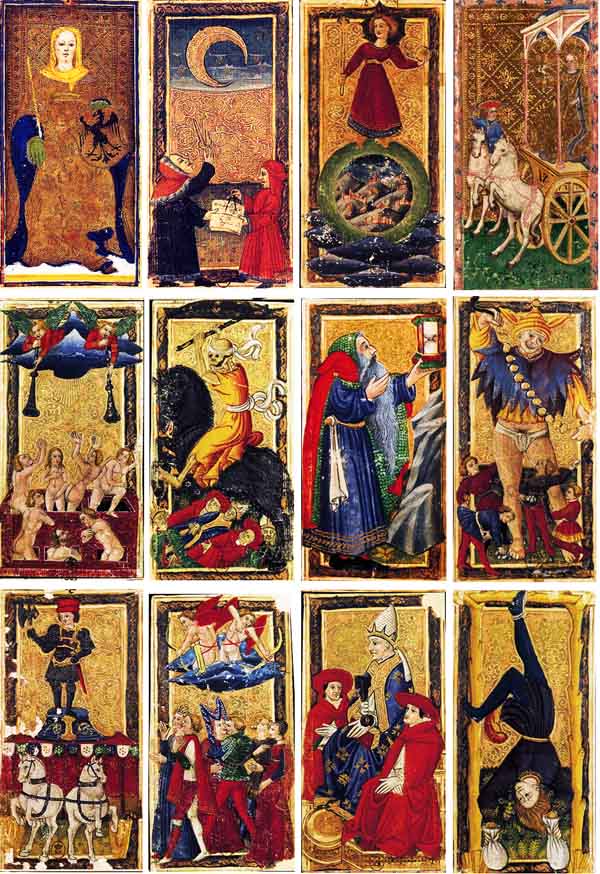 Cards from the Charles VI Tarot, late 15th century.
Visconti-Sforza TarotAnother old Tarot card deck, also from the 15th century, is that of Visconti and Sforza, named after the Italian noblemen for whom the deck was made. It's actually a number of decks, none of them remaining complete.
Tarot of MarseilleThe Tarot of Marseille is a standard design for Tarot cards, given the name in the 19th century by the French occultist Papus. The name simply refers to many cards of this design being produced in Marseille.Its imagery suggests a Renaissance origin. The design is similar to that of traditional Italian Tarot decks, and that was where France got it from. The cards are still produced in this fixed and recognizable style.
Tarot of EtteillaThe first Tarot deck designed specifically for divination use was that of Etteilla, created around 1788. Etteilla was born Jean-Baptiste Alliette (1738-91), but reversed his name when entering the occultist profession. He may have been the first professional Tarot reader, also being very successful with it.In his Tarot he combined symbols of ancient Egypt, astrology, and other esoteric material floating around at his time. His work and theories had a lot of influence on the occultists to come in the following centuries. For example, it's easy to see many links between Etteilla's Tarot and that of Rider-Waite.
Rider-Waite TarotThe Rider-Waite Tarot card deck was produced in 1909, but has been reproduced countless times since. It's the deck I use on this website. It has rich imagery on all the cards, contrary to most previous decks. These images are full of symbols from the occultism of the time.
For easy comparison of style with the other decks presented, here are the four Page cards of Rider-Waite:
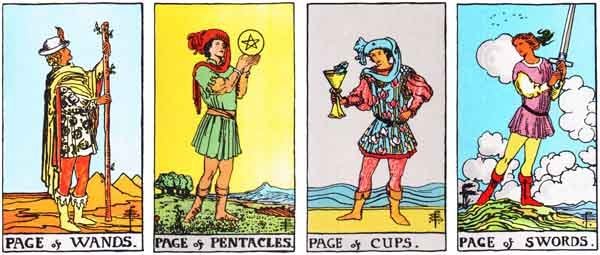 The four Pages of the Rider-Waite Tarot card deck from 1909.
Thoth TarotAnother occultist of the early 20th century was Aleister Crowley, who became the most famous of them all — and still is. He cooperated with the artist Frieda Harris to make his own version of the Tarot. The project took five years, ending in 1943, but the deck was not printed until 1969.As usual with what he worked on, Crowley fearlessly changed names on cards, even on one of the suits — turning Pentacles into Discs. The images is crowded with symbols from many occult and non-occult traditions.
Hermetic TarotBoth Waite and Crowley were connected to the Golden Dawn occultist order. That goes for Godfrey Dowson, as well, the creator of the Hermetic Tarot, completed in the mid-1970s. He made the originals in pen and ink, filling the images with symbols of alchemy, astrology, and Quabalah.It's intentionally made in black and white, which adds to the drama of the images.
Aquarian TarotThe Aquarian Tarot card deck was created by the American illustrator David Palladini, published in 1970. The name, popular in the era of the deck's creation, refers to the astrological Age of Aquarius, which is to come after the present Age of Pisces, and has become a central symbol in the New Age movement.The Tarot deck illustrations are not that 1960s, though, but compare much more readily to Art Deco and poster art from the end of the 19th century, such as that of Mucha. Palladini's deck seems not to have been designed with a certain philosophy or occult teaching in mind.
Mythic TarotIn 1986, Liz Greene and Juliet Sharman-Burke developed the Mythic Tarot, inspired by Jungian symbolism and psychoanalysis. Like Jung, they lean heavily on Greek myth as material for their version. Liz Greene is a famous astrologer and psychologist. Jung regarded the Tarot cards as examples of archetypes of transformation, something central in his depth psychology theories.This deck is intended to be used in that line, as an instrument of self-development. The images give the impression of being illustrations of fairytales, which is to no surprise in this context.
The Tarot and the Public DomainClick the header to read about copyright issues of the Tarot decks, especially the Rider-Waite deck, which should by now belong to the public domain.
About Cookies
My Other Websites:I Ching OnlineThe 64 hexagrams of the Chinese classic I Ching and what they mean in divination. Free online reading.
Complete HoroscopeHow predictions are done in classical astrology with the full horoscope chart. Many examples.
Creation MythsCreation stories from around the world, and the ancient beliefs about the world and the gods as revealed by the myths.
Other Books of MineClick the image to see the book (and Kindle ebook) at Amazon (paid link).
|
 Tarot Unfolded
Tarot Unfolded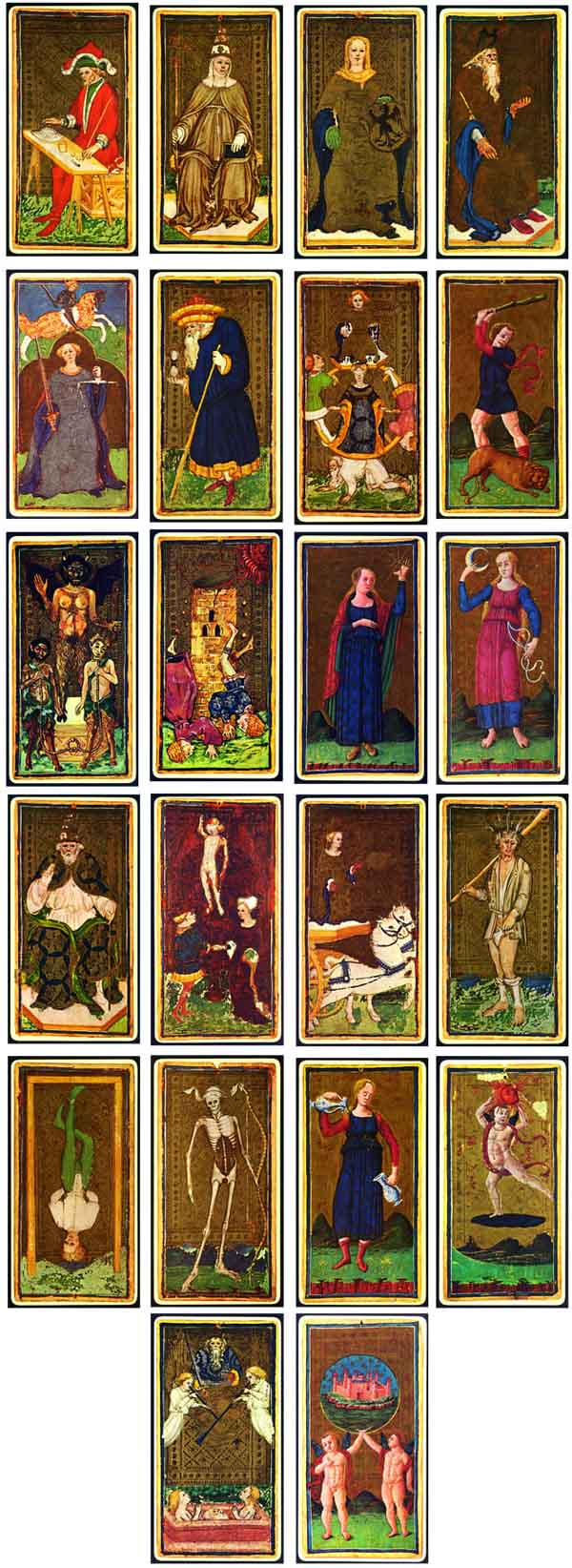
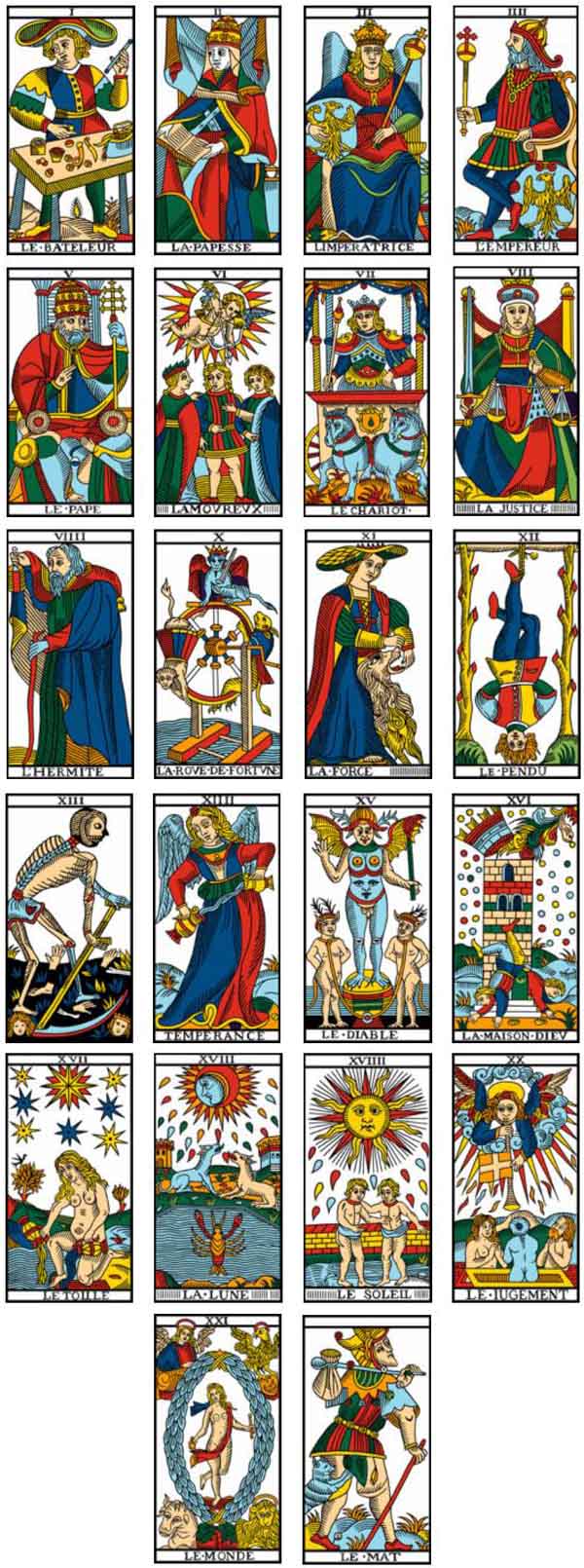
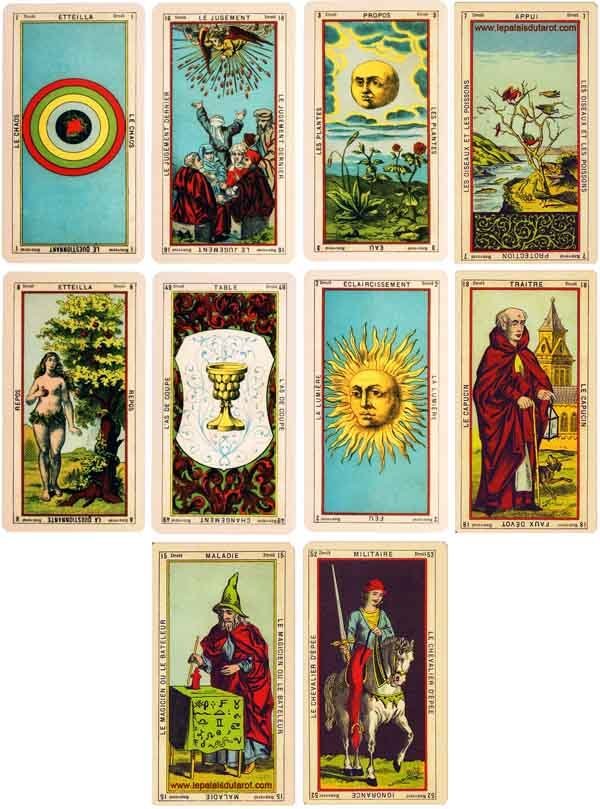
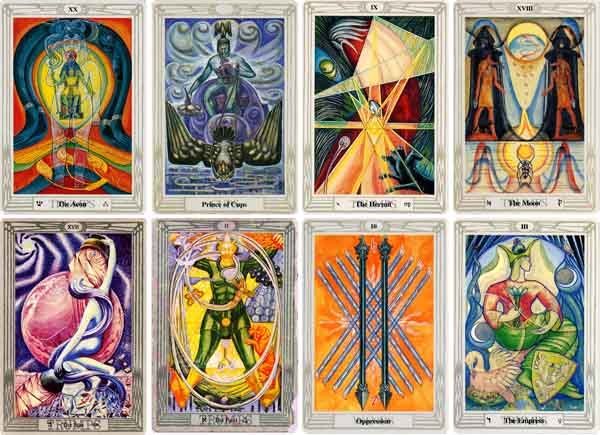
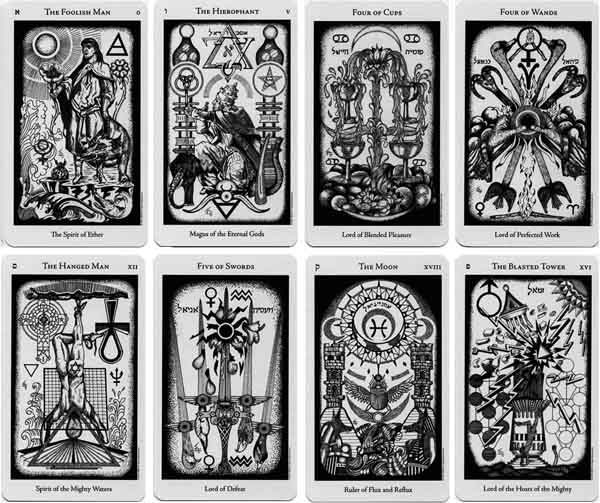
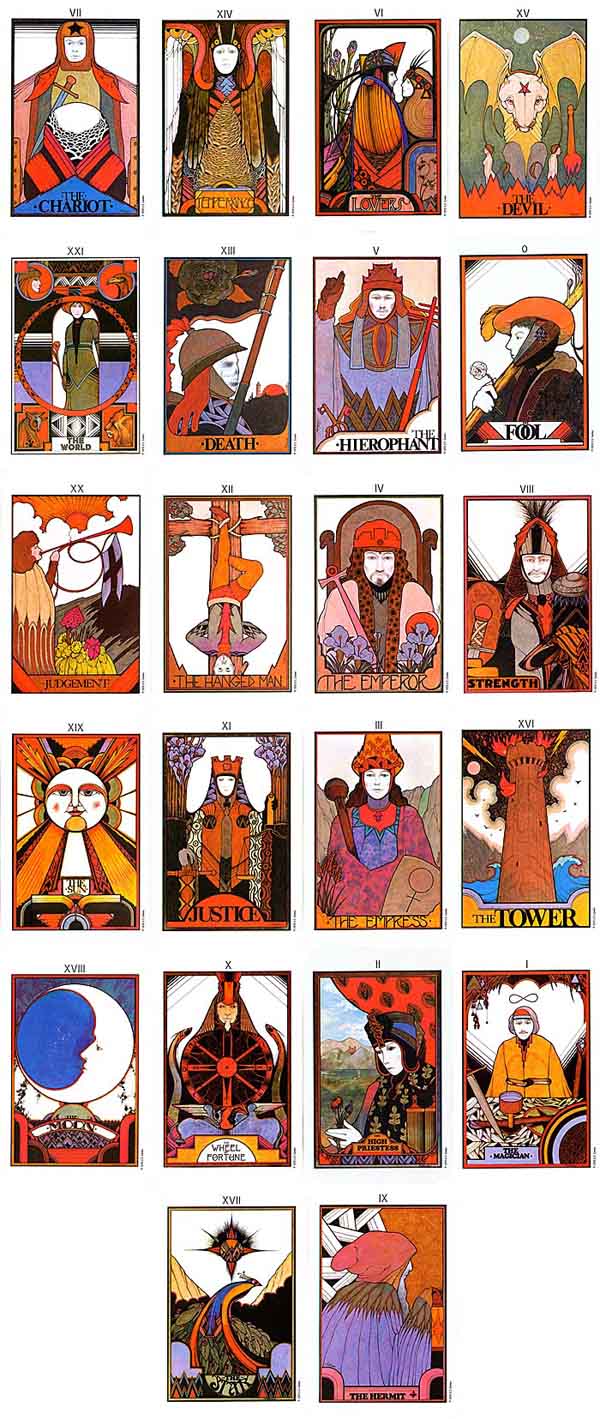
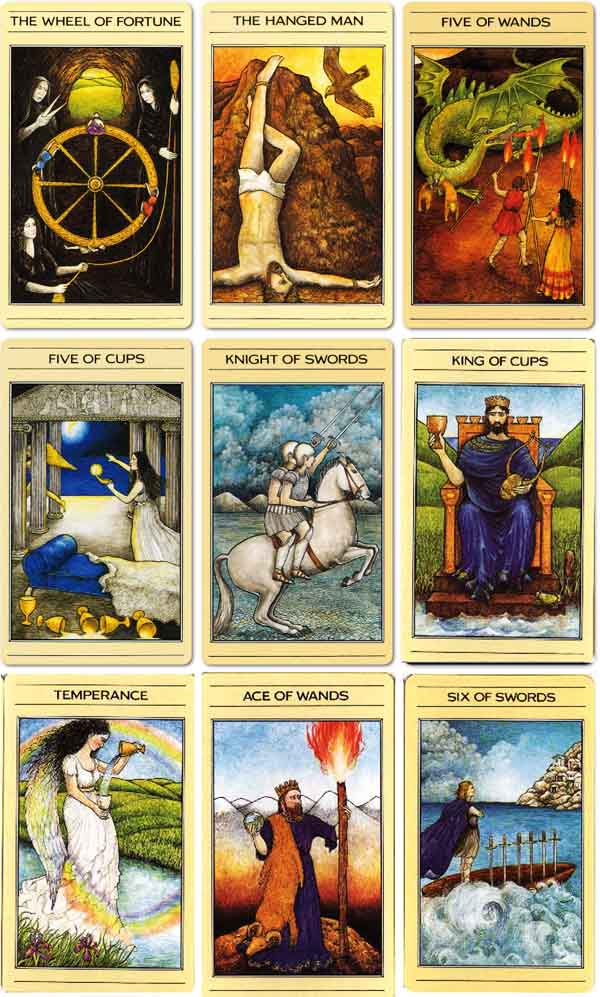
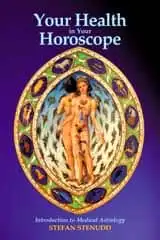


 Stefan Stenudd
Stefan Stenudd